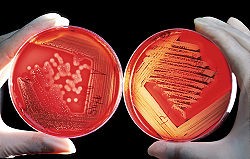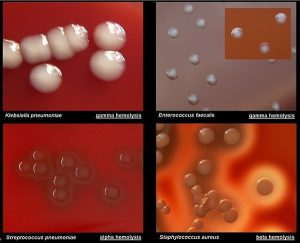Agar is called a solid culture medium, which means agar plate, a petri dish containing agar along with nutrients needed for the growth of microorganisms. In some cases, antibiotics are added to the culture medium to prevent the growth of harmful bacteria and allow the desired microorganism to grow well. The microorganism is transferred to the agar culture medium and the microorganism colonies gro

Agar is called a solid culture medium, which means agar plate, a petri dish containing agar along with nutrients needed for the growth of microorganisms. In some cases, antibiotics are added to the culture medium to prevent the growth of harmful bacteria and allow the desired microorganism to grow well. The microorganism is transferred to the agar culture medium and the microorganism colonies grow. The created colonies are suitable for counting microorganisms and estimating their number. There are various types of agar culture media and they are selected according to the type of microorganism. One of the types of applied culture medium is blood agar culture medium or blood agar culture medium.

Blood agar culture medium is one of the types of non-selective culture medium which is rich in nutrients and for this reason it is the most common culture medium used in laboratories. In this type of culture environment, microorganisms that are difficult to grow and also many pathogenic bacteria are cultivated well. Blood agar is a suitable medium for the cultivation of bacteria such as Haemophilus influenzae, Neisseria species and Streptococcus pneumoniae.
Blood agar contains 5-10% blood cells of mammals (usually horses and sheep) in the base medium. In addition, it contains casein, papaya, sodium chloride, peptone and distilled water at pH 7.3 ± 0.2. This type of culture medium is used to isolate and identify the antimicrobial sensitivity of streptococci. Hemolysis properties of bacteria can be measured and investigated based on blood agar. Hemolysis is the breakdown of blood. Some micro-organisms release exo-enzymes that lyse red blood cells and release hemoglobin. Hemolysis is known as alpha hemolysis, beta hemolysis, and gamma hemolysis. In alpha hemolysis, only a part of the red blood cells is hemolyzed, and due to the conversion of methaemoglobin to hemoglobin, it can be seen in green or brown color. In beta hemolysis, the red blood cells are completely broken down and destroyed, and the area around the bacterial growth becomes bright in color. If the microorganism cannot lyse red blood cells and hemolysis does not occur, it is called gamma hemolysis.

